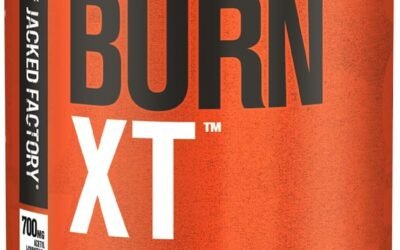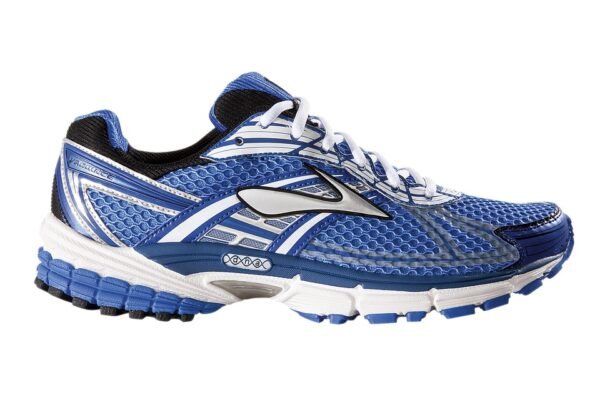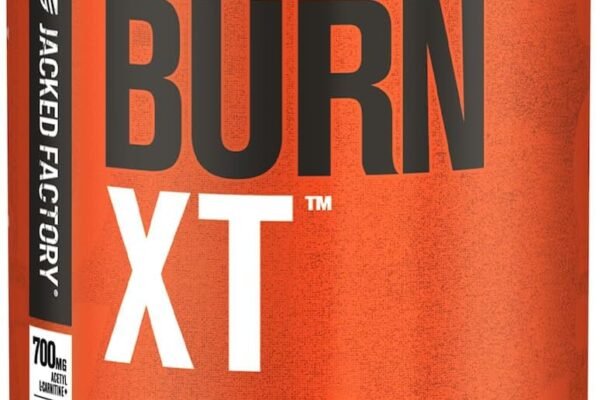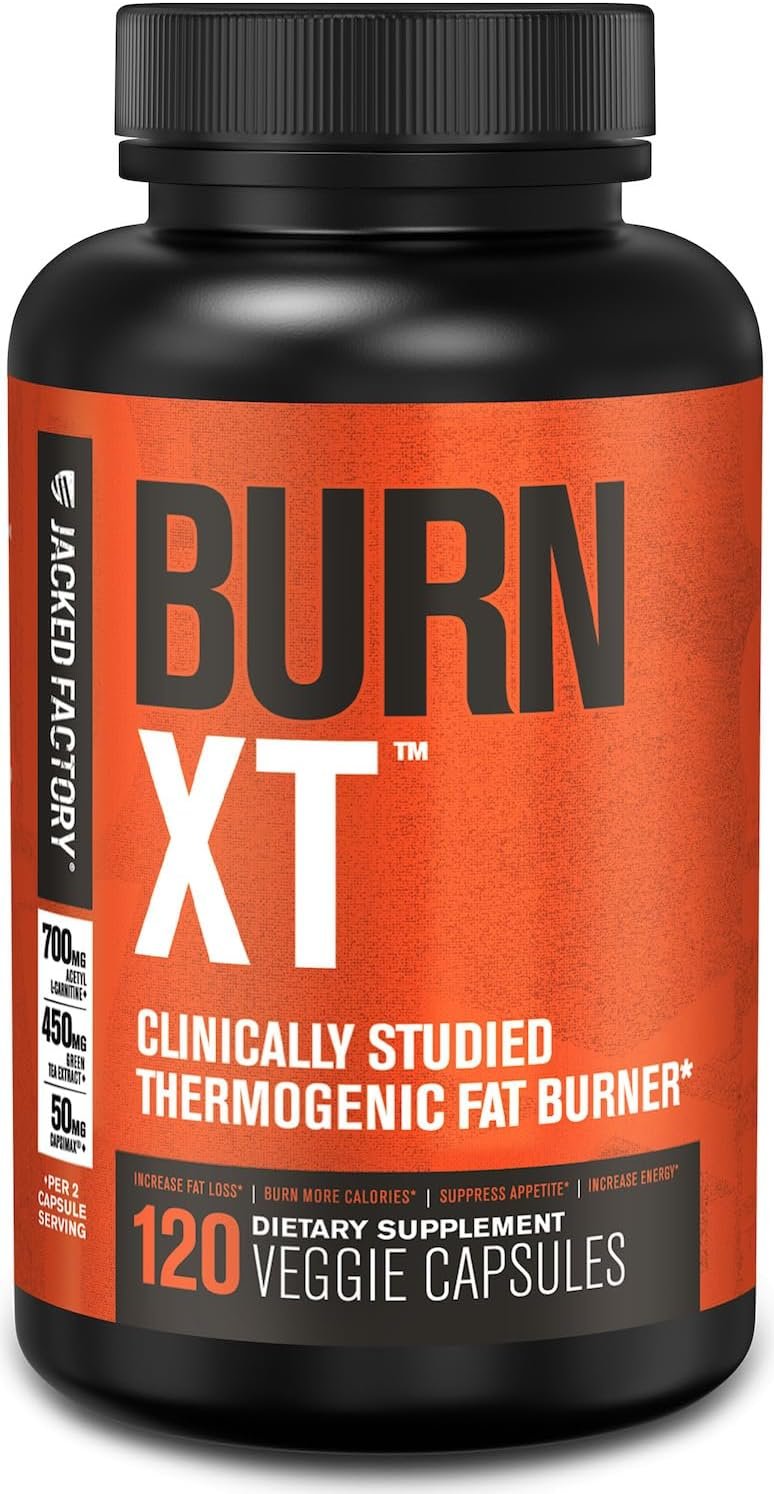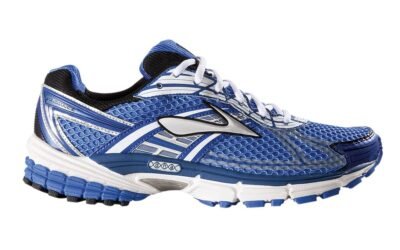
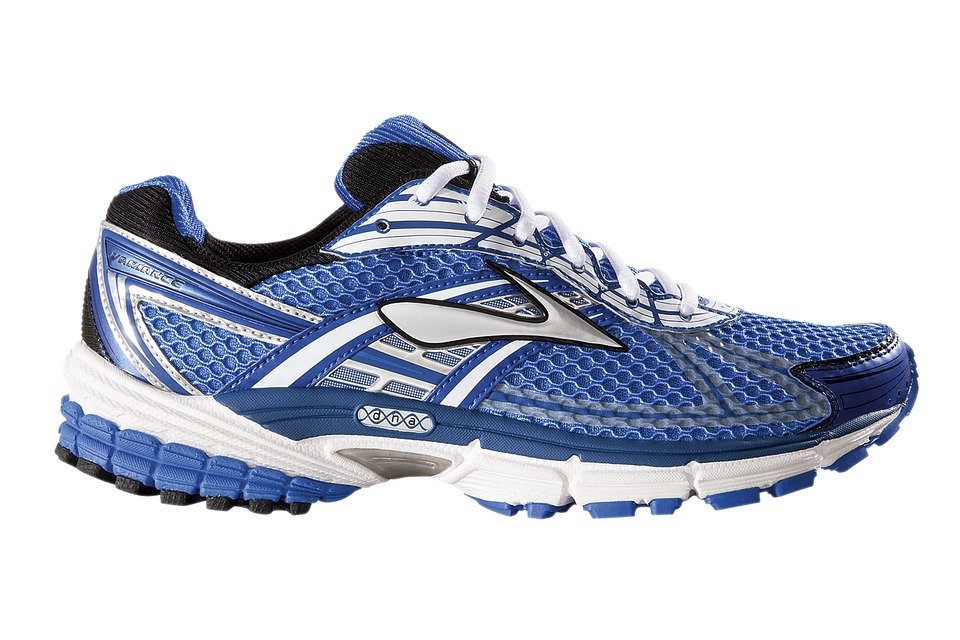
Functional Fitness: Building a Routine for Everyday Life
Functional Fitness: Building a Routine for Everyday Life
In today’s fast-paced world, maintaining a practical fitness routine can feel overwhelming. Enter functional fitness, a movement designed to help you enhance your physical abilities through exercises that mimic everyday tasks. This article delves into the concept of functional fitness and provides guidance on how to create an effective routine that suits your lifestyle.
What is Functional Fitness?
Functional fitness focuses on training your body to handle real-life activities. Instead of isolating specific muscles or using machines, functional exercises engage multiple muscle groups and mimic the movements you perform in daily life. The primary goal is to increase your strength, balance, endurance, and flexibility, thereby enhancing your overall quality of life.
Benefits of Functional Fitness
- Improved Mobility: Enhances your ability to move efficiently and comfortably in daily life.
- Injury Prevention: Strengthens muscles and joints to minimize the risk of injuries.
- Better Posture: Helps to develop a balanced body alignment and reduce strains.
- Enhanced Performance: Suitable for athletes and non-athletes alike, improving performance in sports and physical activities.
- Time Efficiency: Allows for a full-body workout in a short amount of time.
Creating Your Functional Fitness Routine
To build a functional fitness routine tailored for your needs, consider the following steps:
1. Assess Your Current Fitness Level
Before embarking on any new exercise program, it’s essential to evaluate your current fitness level. This assessment can include:
- Cardiovascular endurance (e.g., how long you can jog or walk briskly)
- Muscular strength (e.g., how much weight you can lift)
- Flexibility (e.g., your range of motion in different joints)
- Balance (e.g., how well you can perform stable exercises)
2. Identify Daily Activities that Need Support
Functional training focuses on movements relevant to everyday tasks. Identify activities that you struggle with or could improve, such as:
- Carrying groceries
- Climbing stairs
- Reaching for items on high shelves
- Getting up from a seated position
The goal is to incorporate exercises that will directly benefit these tasks.
3. Choose the Right Exercises
Your functional fitness routine should incorporate various exercises targeting mobility, strength, balance, and coordination. Here are some effective movements:
- Squats: Mimic sitting and standing movements, strengthening your legs and core.
- Lunges: Improve balance and strength while mimicking various walking patterns.
- Deadlifts: Help develop lower back and leg strength, making lifting objects easier.
- Plank Variations: Enhance core stability and strength, essential for proper posture.
- Push-ups: Build upper body strength relevant for any pushing task.
4. Structure Your Workouts
When developing your functional fitness routine, consider structuring your workouts to include:
- Warm-up: 5-10 minutes of light cardio and dynamic stretching to prep your body.
- Strength Training: Focused exercises, 2-3 sets of 8-12 repetitions for strength building.
- Cardio Endurance: Activities like brisk walking, cycling, or swimming for 20-30 minutes.
- Cool Down: Stretch and relax to promote recovery.
5. Frequency and Consistency
For optimal results, aim to engage in functional fitness workouts at least 3-4 times a week. Consistency helps your body adapt and provides continual improvements in strength and endurance. Remember to listen to your body and allow sufficient time for recovery.
Staying Motivated
Like any fitness program, motivation can wane over time. Consider these strategies to stay engaged in your functional fitness journey:
- Track Your Progress: Keep a journal or use fitness apps to log workouts and improvements.
- Workout with Friends: Find a workout buddy to keep each other accountable and engaged.
- Set Achievable Goals: Regularly set and reassess achievable fitness goals to maintain focus.
- Reward Yourself: Celebrate your milestones with non-food rewards, like workout gear or experiences.
Conclusion
Functional fitness is not just a trend; it’s a practical approach to improving your everyday life. By building a custom routine that focuses on real-world movements and enhancing overall strength, flexibility, and mobility, you can increase your quality of life and empower yourself for daily challenges. Incorporate regular assessments, tailored exercises, and motivation strategies to ensure you stay on track. Remember, the journey to fitness is a marathon, not a sprint—stay committed to your functional fitness routine, and enjoy the benefits it brings.
Frequently Asked Questions (FAQs)
What is the difference between functional fitness and traditional strength training?
Functional fitness focuses on multi-joint movements that mimic daily activities, while traditional strength training often isolates specific muscles using machines. Functional fitness emphasizes overall body movement and practical performance.
Can beginners do functional fitness exercises?
Absolutely! Functional fitness exercises can be modified to suit various fitness levels, making it accessible even for beginners. Starting slow and gradually increasing intensity is key.
How long should a functional fitness workout last?
A typical session can last between 30 to 60 minutes depending on your goals and routine. The key is to focus on quality movements rather than quantity.
Is functional fitness suitable for older adults?
Yes, functional fitness is particularly beneficial for older adults as it helps improve balance, mobility, and strength, which are crucial for maintaining independence.
Do I need equipment for functional fitness?
No specialized equipment is needed for functional fitness. Many exercises can be performed using just body weight, making it a flexible option. However, you can incorporate resistance bands, dumbbells, or stability balls for added resistance if desired.


